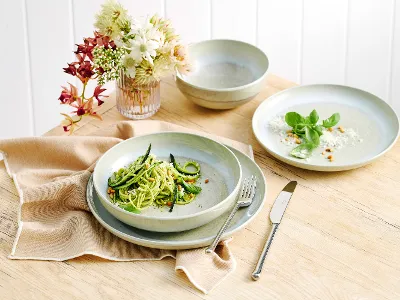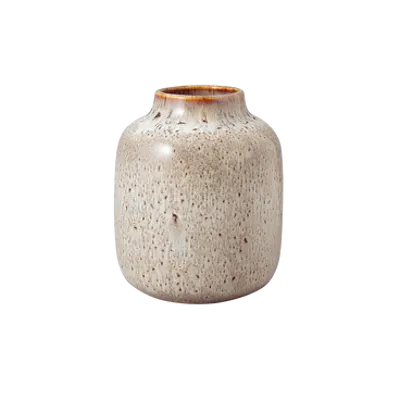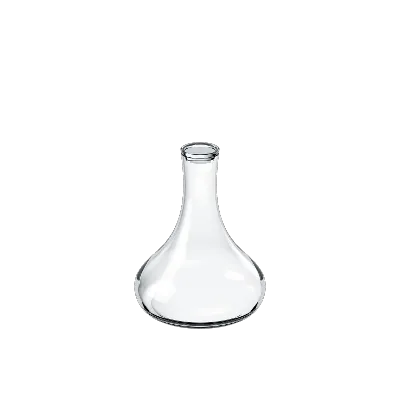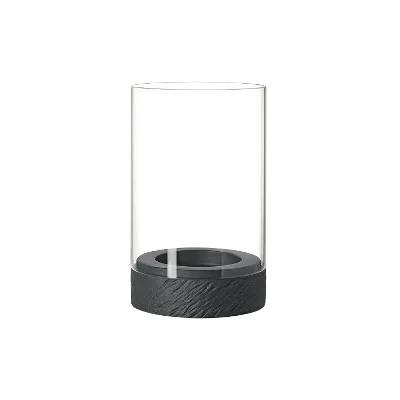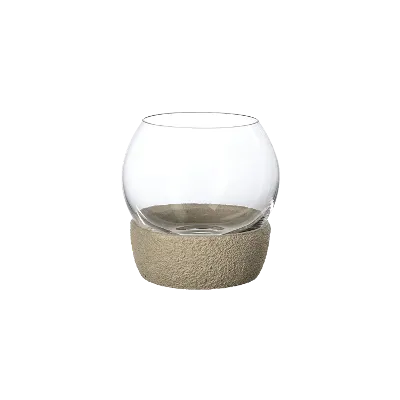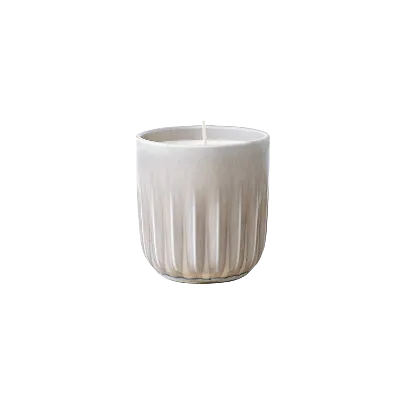Shop Black Week and Save 25% Off Storewide
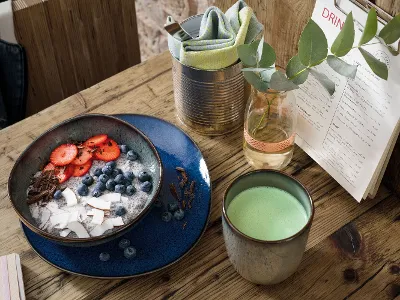
Matcha tea
What is matcha tea? Bright green in colour, with a smoothly sweet and delicately bitter flavour, matcha is an exceptional green tea that is ground to a fine powder. This green tea powder has been highly prized in Asia for thousands of years due to its health benefits.
Nowadays, it is not only used to prepare the fine matcha tea, but many foods are also enhanced with matcha: for example, drinks like lemonade or cocktails, as well as dishes like desserts or pasta sauces. Yet, matcha is much more than a dietary trend!
How to prepare matcha tea
Matcha tea needs to be prepared properly to fully enjoy the unusual flavour and health benefits of this green tea powder. Unlike other green teas, matcha isn’t brewed. The tea plant is ground so finely that the powder dissolves in hot water and is then drunk.
Preparation and variations
In Japan, matcha is a central part of tea culture and is prepared in an elaborate, ritualistic ceremony. However, the preparation is also crucial in terms of the matcha tea benefits.
You will need a matcha bowl (chawan) and a special bamboo whisk (cha-sen) to prepare matcha tea. Pour one or two grams of matcha powder into the bowl and add 60 to 100 ml of water. The water should be freshly boiled and no hotter than 80 degrees. Soft water is ideal. If the tap water is hard, you can use a water filter or, alternatively, use still mineral water.
Use the bamboo whisk to stir the mixture of hot water and green tea powder in the matcha bowl until frothy. The whisking movements should be made with your wrist, keeping it relaxed, and be roughly in the shape of the letter "M". High and firm tea froth is a sign of good matcha tea.
Matcha can be prepared with a stronger or milder flavour depending on personal preference. In Japan, the stronger matcha tea is called koicha and the milder version is known as usucha.
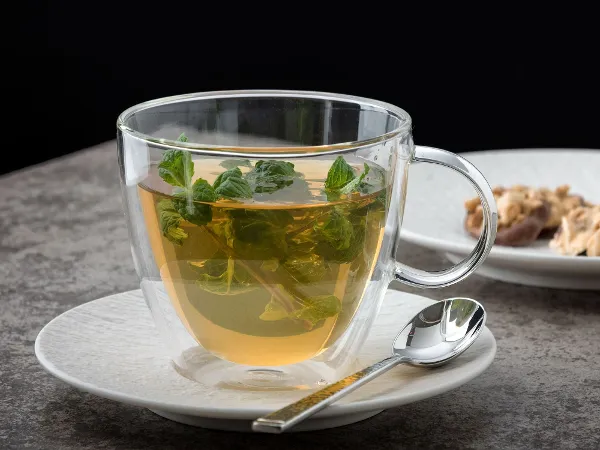
How to make matcha tea
Like all green teas, matcha tea is derived from the Camellia sinensis plant. However, cultivation and harvesting are very labour-intensive: The tea bushes are covered with black nets or bamboo mats a few weeks before they are harvested to protect them from direct sunlight.
The plants produce more effective substances such as caffeine or theanine when grown in the shade. This also increases chlorophyll production, which gives matcha tea its bright green colour.
After the leaves have been picked, they are steam-prepared and dried gently. The stems and veins are carefully removed so that only the most delicate parts of the leaf remain. Then they are stone-ground to a fine powder.
Afterwards, the green tea powder should be stored in a sealed container in a cool and dry place. It is best used fresh after harvesting.

Matcha tea benefits
Extensive studies have shown the health effects of green tea. Green tea can help prevent diabetes, cardiovascular diseases and vascular disease. It reduces the risk of tooth decay and osteoporosis and strengthens the immune system.
The special combination of the substances in green tea is responsible for all of these health benefits. In addition to caffeine, it also contains many minerals and trace elements such as calcium, iron, potassium and fluoride as well as important amino acids such as theanine.
Catechins, a secondary plant substance, play an important role. They act as antioxidants, which means they neutralise free radicals in the body and protect the cells.
Matcha contains a high concentration of the catechin epigallocatechin gallate, EGCG for short. This substance can help prevent various cancers. As part of a balanced diet, matcha tea can be useful in aiding weight loss. It stimulates the metabolism, burns calories and boosts digestion. Matcha tea benefits exceed those of other green teas.
How to prepare match tea (and enjoy it!)
Matcha boasts a high concentration of valuable nutrients thanks to its unique cultivation and gentle production methods. The body can better absorb these nutrients from the finely ground powder. Because Matcha involves consuming the whole tea leaf rather than just the infusion, one ingests larger amounts of the healthy active ingredients.
To enjoy matcha tea benefits to the full, it is best to alternate it with other green tea varieties such as sencha, gyokuro and bancha.
Each type of green tea contains specific ingredients that are especially effective when combined.
Moreover, it is important to make sure that only original matcha powder is used. Flavoured, diluted or mixed powders are nowhere near as healthy as pure green tea powder.
However, matcha is not only popular because of its health benefits; tea drinkers also enjoy the unusual taste. Matcha has a mild and aromatic flavour that is less bitter than normal green tea, and very creamy, whether you drink it regularly or only now and then.
Many people drink matcha as a tasty alternative to coffee. Moreover, an elaborate tea ceremony is not always necessary: Simply create your own tea ritual – and take the time to enjoy your healthy matcha tea with all your senses.
